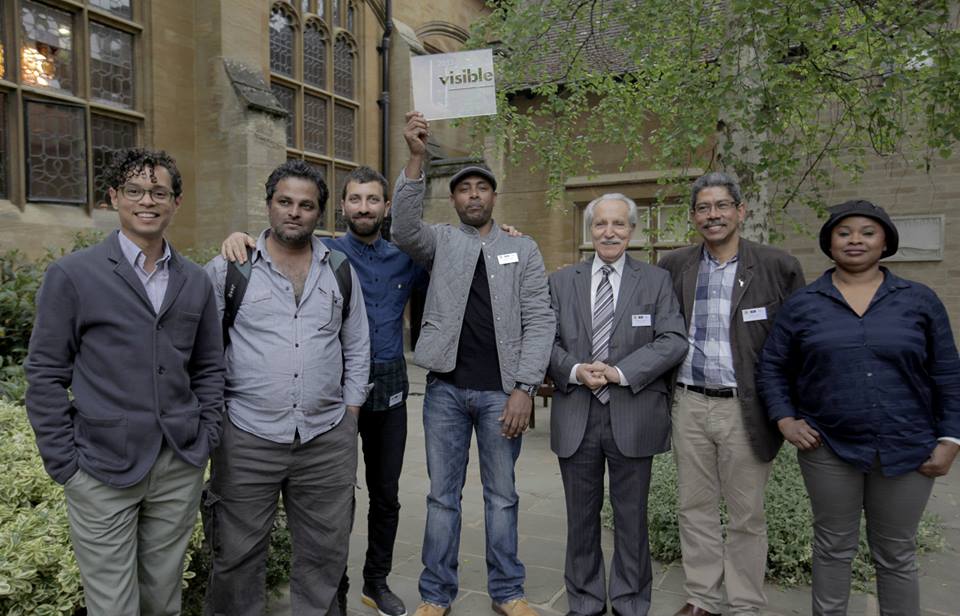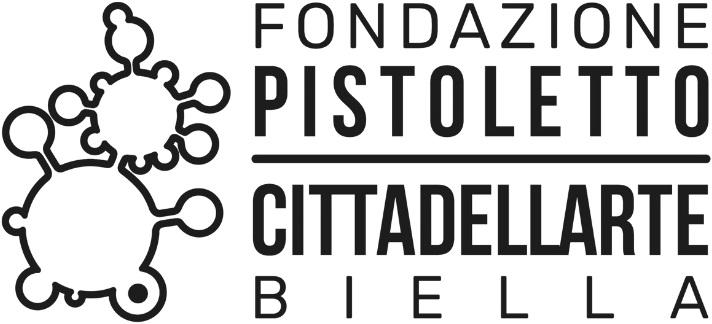On 14 December 2013, the second edition of the Visible Award was awarded to The Silent University, a knowledge exchange platform initiated by the artist Ahmet Öğüt and led by a group of asylum seekers, refugees, and migrants.
In recognition of the award, the London branch of The Silent University produced a two-day event, with the first day organised in collaboration with the Oxford Migration Studies Society and the Refugee Studies Centre. The second day was organised in collaboration with The Showroom in London. The event focused on drawing together members of The Silent University in dialogue with artists, curators, and theoreticians who are working on projects that deal with migration issues in the legal framework of Western democracies.
Parallel to the workshops, presentations and round tables, we realised a serie of interviews with the Silent University Consultants and Cointributors Ali Kaviani, Mulugeta Fikadu, Emily Fahlén, Carlos Cruz, the curator Christine Eyene, the Delfina Foundation director Aaron Cezar and the artist Jonas Staal.
Ahmet Öğüt Contemporary artist based in Berlin and Istanbul.
Recipient of the 2013 Visible Award for The Silent University
– What are the potentialities and difficulties of an artistic project that turns in an organisation and what does it mean for you to have been awarded with the 2013 Visible Award?
– How do you imagine the Silent University in 10 years?
Christine Eyene Curator and art critic based in London Member of the 2013
Visible Curatorial Advisory Board
– Visible is researching and supporting artistic practices that operate at the borders of what is commonly understood as art with the wish to affect society and its dynamics. Do you see a potential in sustaining and creating connections between these practitioners, almost suggesting the existence of a movement that is becoming more and more visible?
–What is the status of the debate around the problems of migrants, refugees and asylum seekers, within the several African artistic scenes that you are familiar with?
Dr. Ali Kaviani Independent choreographer, performer, astrophysicist and cook. Graduated from Cambridge University and obtained a PhD in Astrophysics from Imperial College London before training in contemporary dance
– Visible is researching and supporting artistic practices that operate at the borders of what is commonly understood as art with the wish to affect society and its dynamics. Do you see a potential in sustaining and creating connections between these practitioners, almost suggesting the existence of a movement that is becoming more and more visible?
– What is the status of the debate around the problems of migrants, refugees and asylum seekers, within the several African artistic scenes that you are familiar with?
Mulugeta Fikadu Silent University member, Lecturer
– In front of silence, the audience find themselves displaced, as the lecturer is not performing her/his traditional role; in fact the lecturer is creating a gap between himself/herself and the public, what does this gesture mean in the context of the SU?
– What are the potentialities of the Silent University, and how do you imagine the Silent University in 10 years?
Emily Fahlén Project manager within Mediation at Tensta Konsthall, Stockholm
Team member in The Silent University
– Can you briefly point out pivotals moment in the process that lead to the current Silent University Campus in Stockholm? The local context of Stockholm’s suburb of Tensta has been the second campus of the Silent University after London, how did refugees, asylum seekers and the immigrant communities respond to it?
– What are the potentialities of the Silent University?
– That The Silent University is labeled an art-project is not fundamentally important, but the fact that it functions within the context of the art world is not without significance. (Quoting you from the Tensta Reader). Why do you think it is significant?
Aaron Cezar Founding director of the Delfina Foundation, London
Delfina Foundation formed in 2012 a partnership with Tate to offer a year-long residency to the artist Ahmet Ogut to produce a participatory project. The outcome was the longterm artistic project The Silent University.
– Can you briefly point out one pivotal moment in the process that lead to the current Silent University? – Considering your expertise in the field of socially engaged artistic practice, have you observed a change in the space and attention these practices get today?
Carlos Cruz Learning Organizer at the United Migrant Education Project, London
Consultant at the Silent University
– The neoliberal model has been established worldwide with tangible consequences on the flow of labour, goods and capital. The policies and legislations in industrialised countries, dealing with alarming numbers of immigrants, should see solutions beyond the current superficial analysis of immigration. Considering the urgency, what kind of alternative perspective can a project as the SU open up in this fundamental debate on forced migration?
– What are the potentialities of the Silent University, and how do you imagine the Silent University in 10 years?
Jonas Staal Dutch visual artist.
His work deals with the relationship between art, politics and ideology and has often generated public debate.
– Can artists affect the governance of public institutions, creating spaces and infrastructures where new sensibilities, terminologies and practices of citizenship are enabled?
– What does it mean to think art structurally?
More info on The Silent University in Oxford and London click here.



